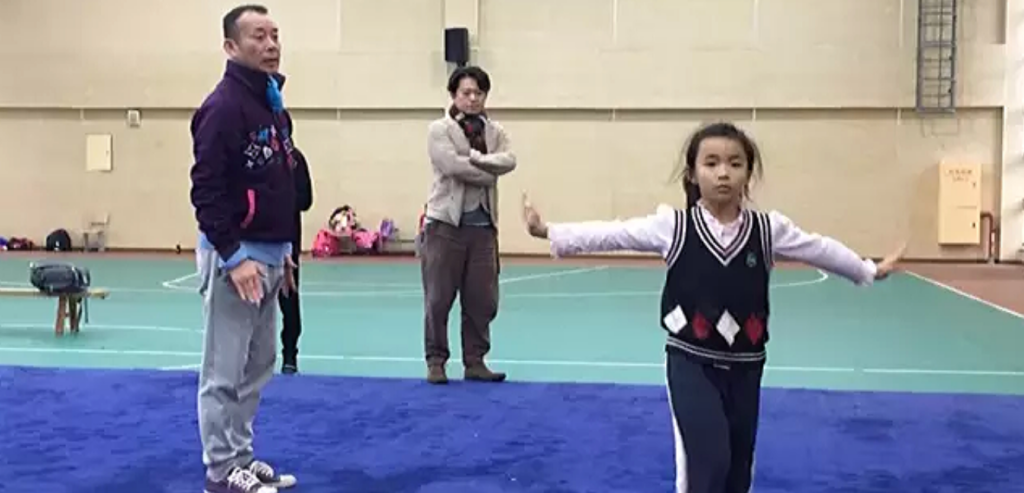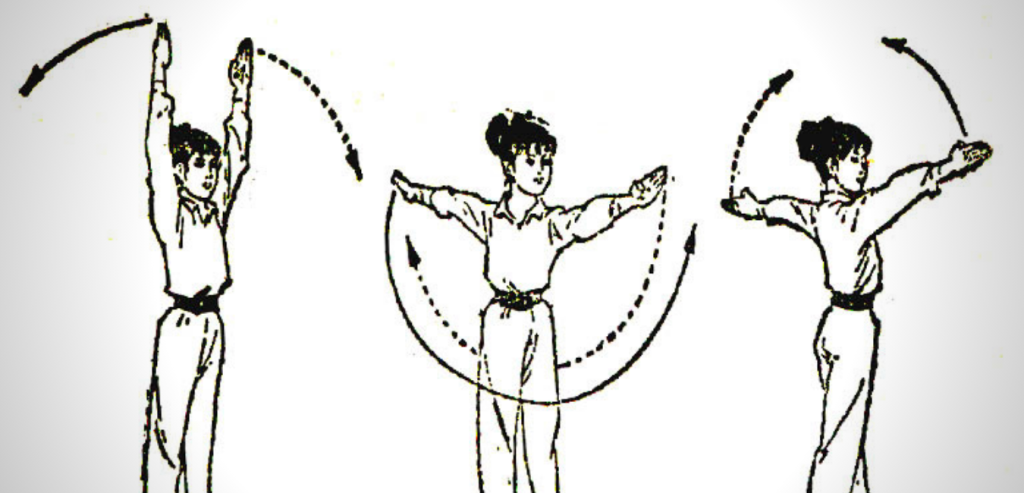You might have been training for years, and have been through many times where you thought that you were not improving anymore, then you forgot about it happens again.
Chances are you’ve been learning too fast. You did learn the basics etc, but at some point you certainly have stopped doing them, or maybe you didn’t go through all the basics of X style because you were lacking time or feeling like the way you were doing it was already good enough, because let’s be honest, many people think they are good enough to skip the basics… Then at some point you felt like no matter how much work you put in your training every day, you’re stuck.
Well that must probably is because you did, or are doing the Jibengong (basics) wrong.
Wushu is about perfection, it is a Martial ART. Perfection takes time, repetition over and over of the same technique, hardcore conditioning workouts (even for traditional Wushu), and more.
There’s a very famous saying in western boxing that goes “you don’t play boxing”. It means that even the smallest mistake during your years of training, and getting prepared for one fight can lead to, best case : your loss, worst case : you ending in the hospital.
I like to believe Wushu works the same way. Should you be a Taolu or a Sanda athlete, you fight your way through to the day of the competition, and / or until you’re the best at what you do. If you do one mistake, all your efforts are likely to be useless.
And Jibengong in Wushu, every good teacher will tell you, are the most important thing. It hurts, it’s boring sometimes, but once you’ve mastered them you can do whatever you want and enjoy every part of it.

Train smart
Train hard but train smart. Some people have the tendency to repeat the same technique intensively for hours or days and end up not having improved a bit. Chances are you’re actually training a mistake, not a technique, and / or missing a key detail.
To train smart you need to spot the mistake. You probably can’t because you are too focused on “improving”, going faster, or mimicking a Chinese athlete on a video. Sometimes we’re definitely not the best to judge our own mistakes. If you’re really alone, film yourself training, and compare with a video of someone doing it better.
Of course the best would be to have a coach to help you spot the mistake. But some wushu lovers don’t have a coach, or sometimes the coach doesn’t see the mistakes either because he’s very busy with other students or because there already are other bigger mistakes to correct in your form. Remember : a step at a time. Perfection takes time.
A friend that trains with you or can watch your video is also a good option! And it’s not because you have a better level than your friend that he can’t see the one mistake you missed. Give it a shot!
Suddenly, you spot the mistake! You weren’t using your hips to turn, or you rear leg was bent on your gongbu so you couldn’t do the transition to the next movement properly. Well that’s Jibengong! Work on your Mabu-gongbu transitions, and / or train your waist rotations to guide the your upper body… Jibengong too. Very very basic Wushu principle, but the most important of all : use the waist.
Then go through your technique slowly.

Train Slow
Break your movements down. Imagine you’re the character from the wushu books.
The more we don’t understand why we don’t succeed in doing a technique, the more irritated and tense we get, and have a tendency to accelerate. That is counter productive.
Not mentioning that a lot of athletes are chasing this “Chinese speed” leaving clean movements behind. If you want to get this speed, 2 main rules :
#1 = relax. If you’re tense, the tension goes to your shoulders and your whole upper body in general, making you actually go slow.
#2 = use the waist to do any move. Not the shoulders, not the arms.
How to train slow : Pick a mouvement or a set of movements (Zuhe 组合), and do it very slowly. Slower than Taiji. And ask yourself the following questions each time your body moves :
- “Technical” questions : is my fingers position correct? Is it a Mabu, a gongbu, or else, and am I doing it right? etc.
- “Flow” questions : are my shoulders relaxed? Do my eyes follow my hands or weapon the way it should?
- “Waist” question : am I using my legs and waist to move or am using my arms?
- “Feeling” questions : does the movement feels right? Can I feel my movement being done without forcing anything?
Once you have all the answers to the above, you should already be feeling better and maybe you’ve already corrected the mistakes. However before going full speed, ask yourself this last question first :
“In this movement, where am I supposed to add speed and where am I supposed to go slow, what waist movement gives enough power to create an acceleration ?”
Once you got the answer, continue to go slowly while adding speed little by little where it should be added. What you’re looking for is to constantly move flexibly, relaxed, without putting unnecessary power where your don’t need it.
Tell us how this works for you!
And whatever you do, even if you are in a hurry for learning, always practice your basics and don’t skip any step, or else you will never get to the level you wish to achieve. You will not regret working on your basics.